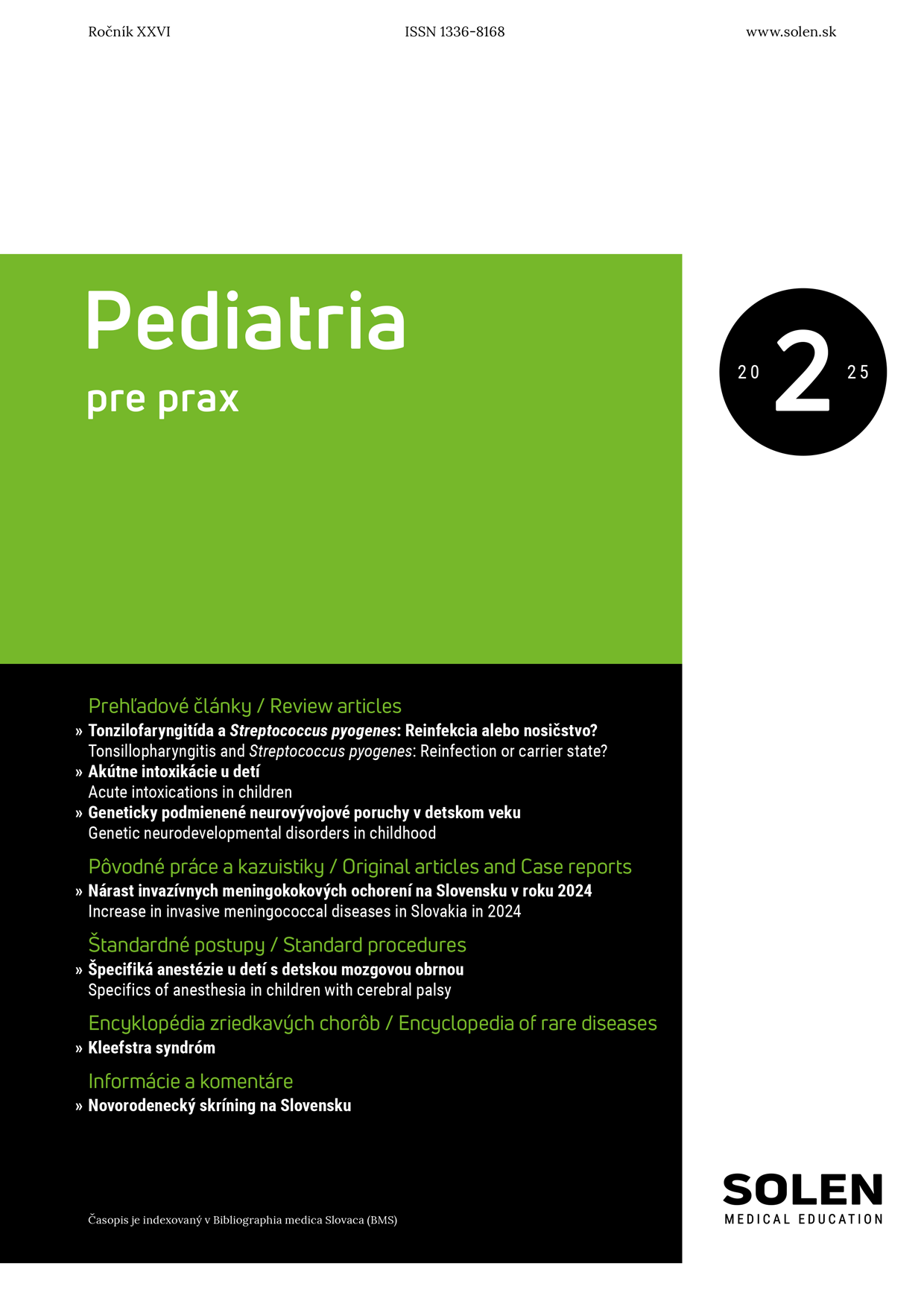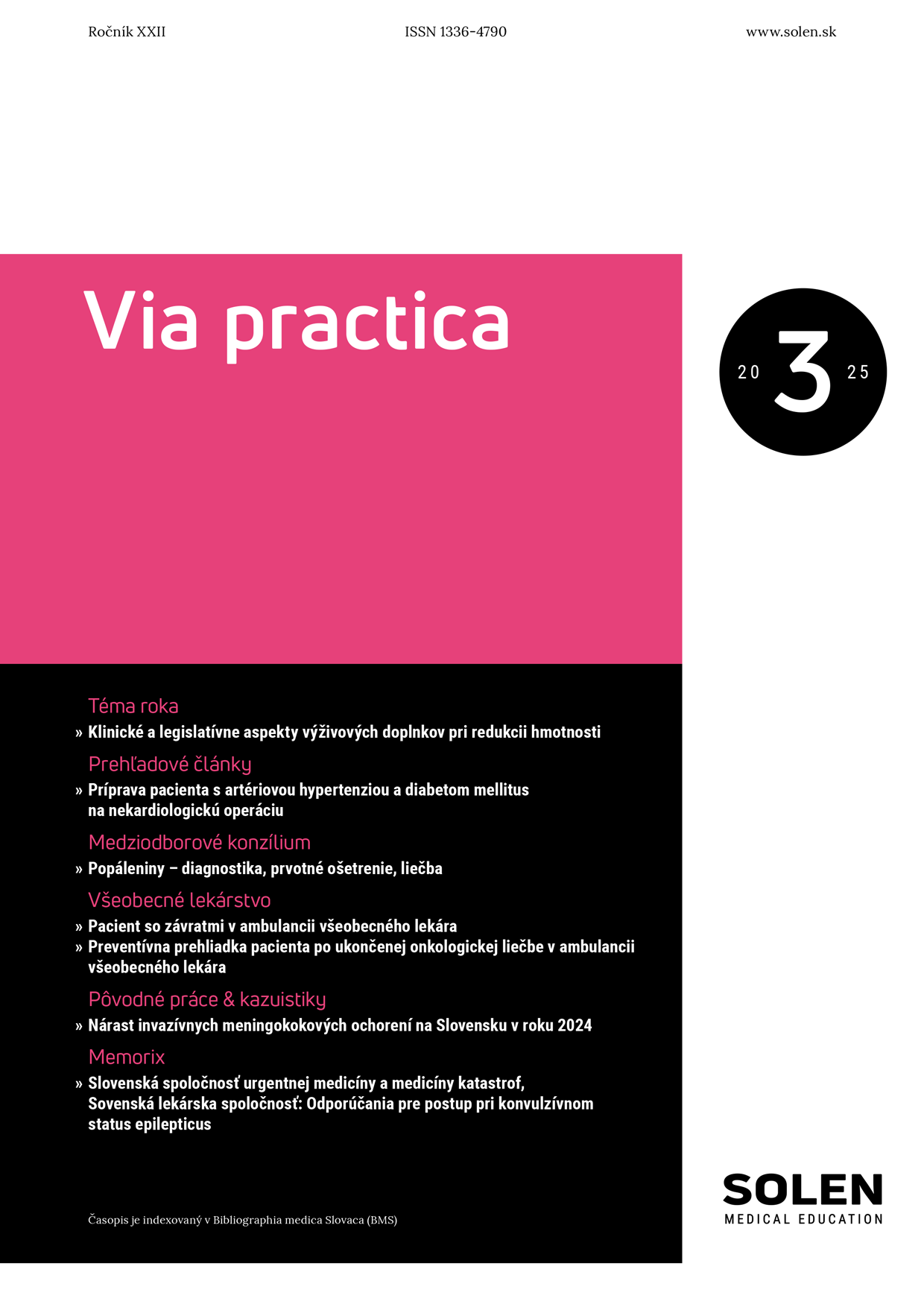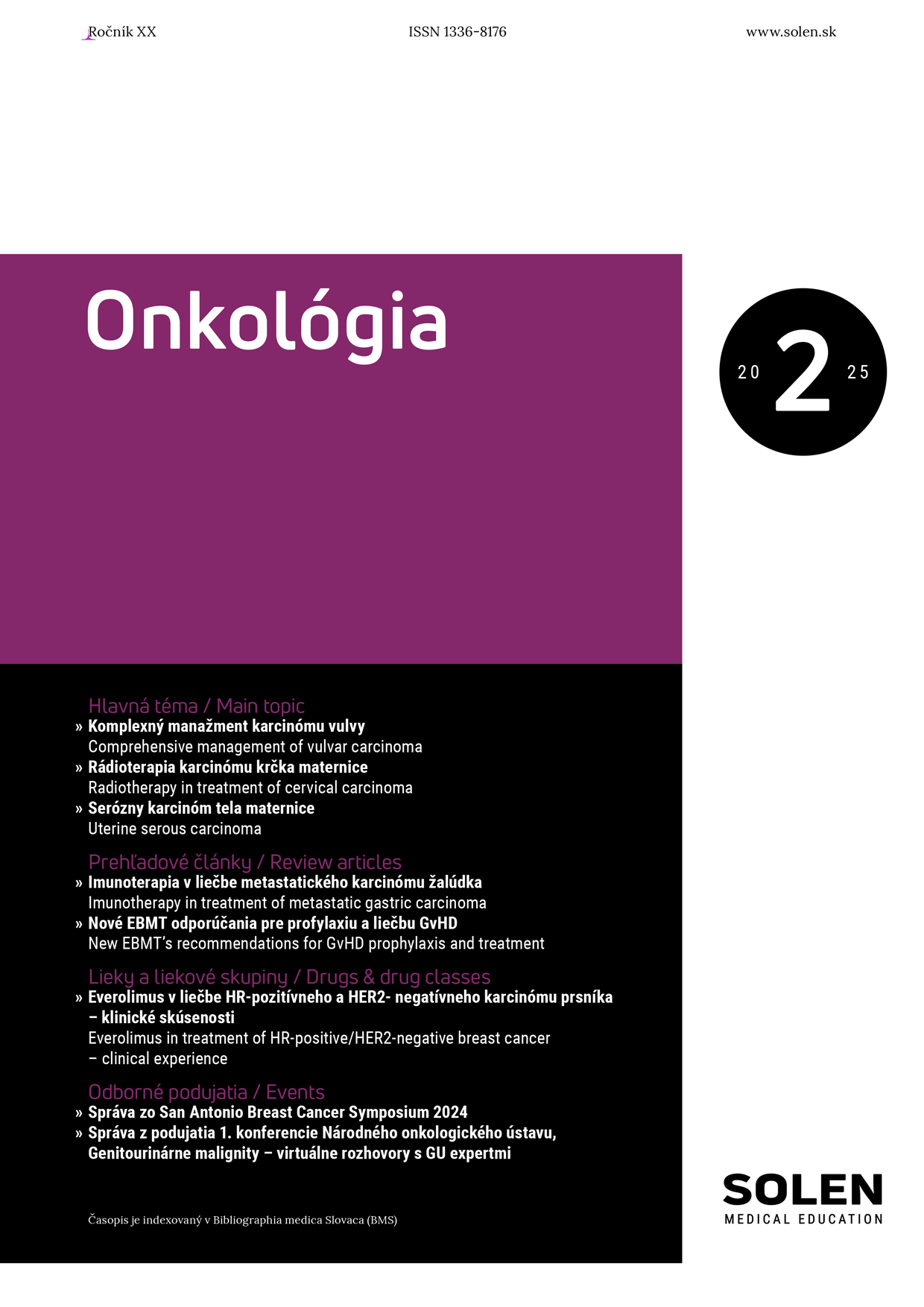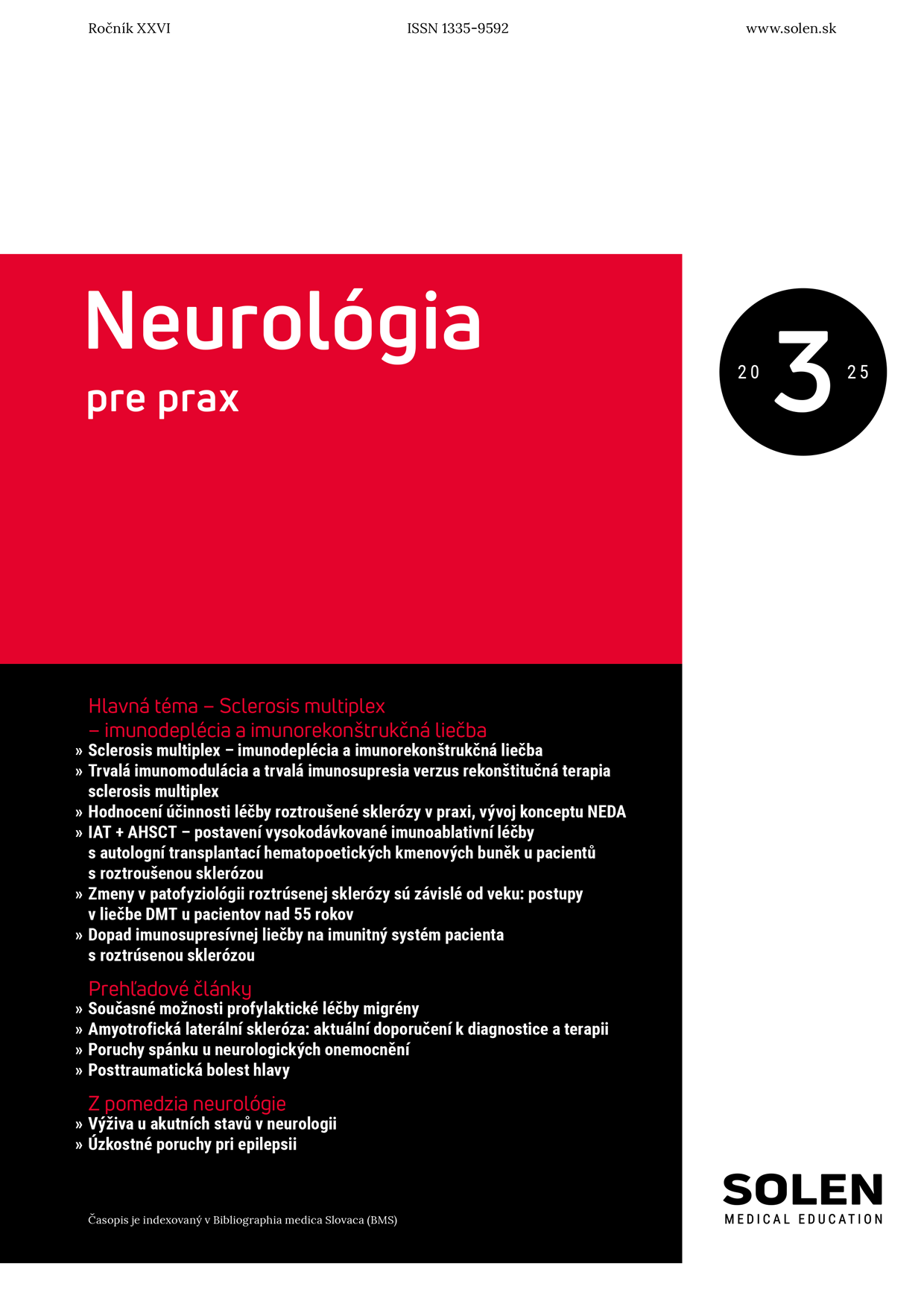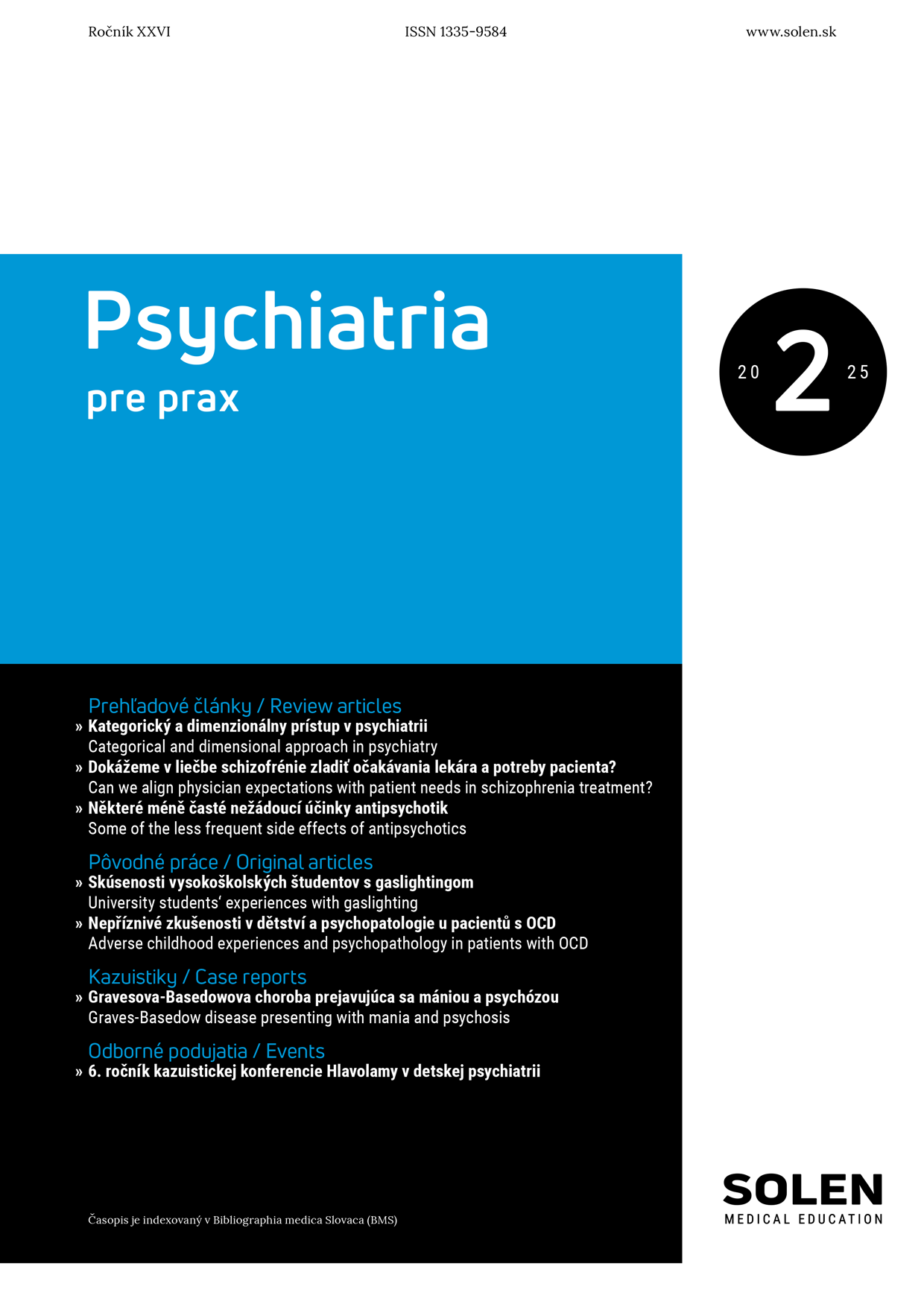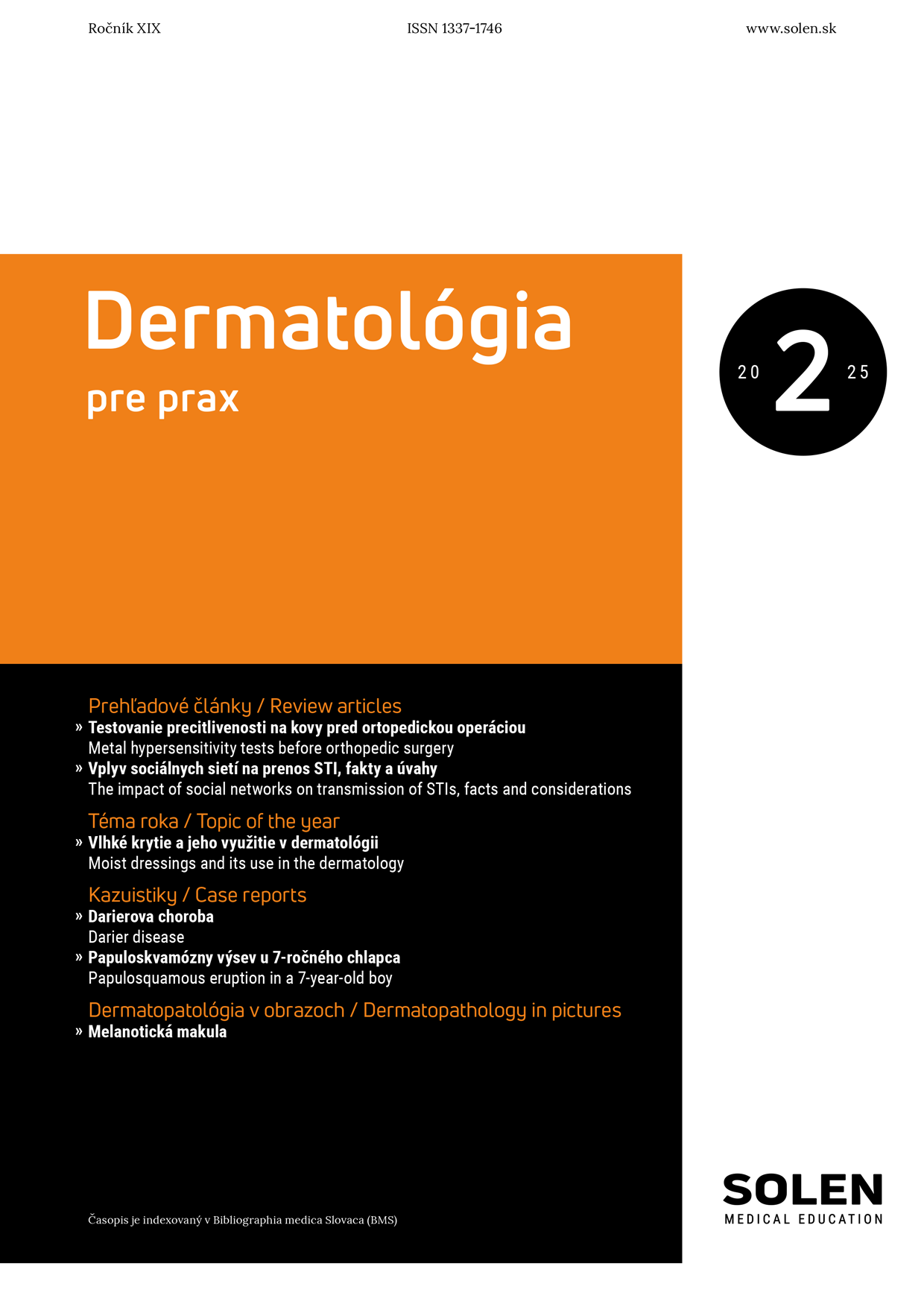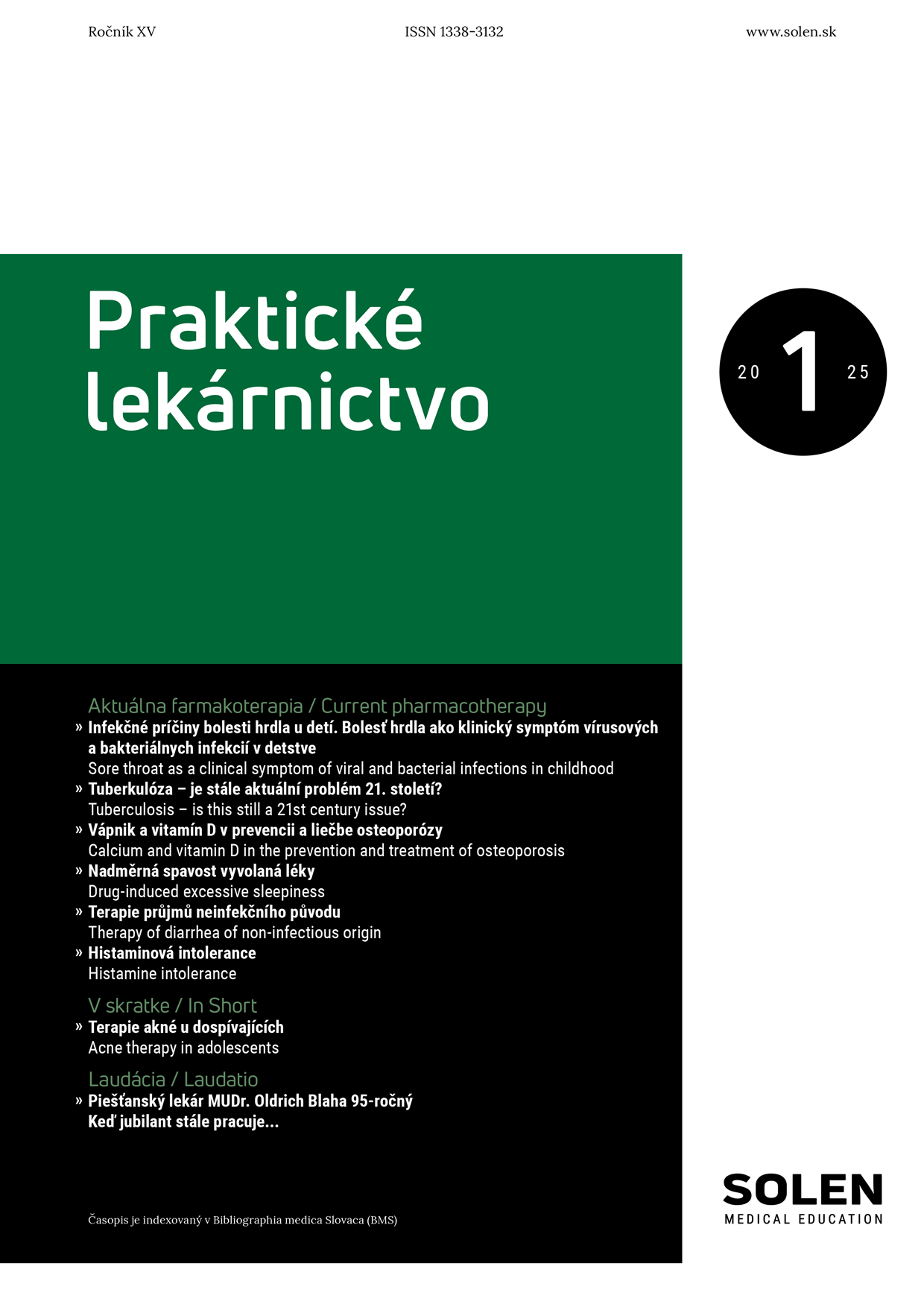Pediatria pre prax 1/2017
Vývoj liečby nefrotického syndrómu u detí
Prof. MUDr. László Kovács, DrSc., MPH
Pojem „nefrotický syndróm“ označuje kombináciu klinických a laboratórnych znakov, ktoré sa vyskytujú pri mnohých patologických léziách glomerulov. Prvé lekárske správy o nefrotickom syndróme u dojčiat a detí a jeho liečbe rastlinnými extraktmi a inými remédiami sa datujú do Hippokratových čias. Hľadanie účinných liečebných postupov však trvalo dlhý čas a zjavili sa až v 50-tych rokoch minulého storočia vďaka objavu steroidov, antibiotík, diuretík aj iných imunomodulačných agens. Napriek tomuto pokroku doteraz existujú značné medzery v našom chápaní etiológie nefrotického syndrómu a stále sa očakávajú účinnejšie liečebné postupy, najmä pre jeho rezistentné formy u detí.
Kľúčové slová: nefrotický syndróm, diagnostika, liečba, deti, dejiny
Development of treatment of nephrotic syndrome in children
The term „nephrotic syndrome“ designates a combination of clinical and laboratory features that occur in numerous pathological lesions of the glomeruli. The first medical reports of nephrotic syndrome in infants and children and its treatment with plant extracts and other remedies dating back to ancient times. It took a long time while effective treatments were found. They appeared to the 50-ies of the last century thanks to the discovery of steroids, antibiotics, diuretics and also various immunomodulating agents. Despite this progress, there are still substantial gaps in our understanding of the etiology of nephrotic syndrome and more effective treatments are expected, particularly for the frequently relapsing and/or treatment resistant forms of the syndrome in children.
Keywords: nephrotic syndrome, diagnosis, treatment, children, history


